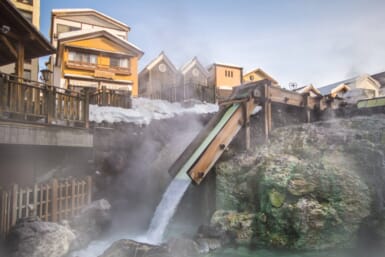About 28,000 rivers have disappeared from China’s state maps, an absence, reports the Times of London, seized upon by environmentalists as evidence of the natural cost of developmental excesses.
After the first ever national water census – involving 800,000 surveyors and taking three years – it became clear that more than half of the rivers thought to exist in China are not, in fact, there. Officials in Beijing are struggling to explain.
Just 22,909 rivers with a combined area of 100 square kilometers were located, compared with 50,000 thought present in the 1990s, says the report by the Ministry of Water Resources and the National Bureau of Statistics.
Climate change and mistakes by earlier cartographers are being blamed equally but environmental experts have rounded on ill-conceived development by government departments with a ‘growth first, consequences later’ philosophy.
“There might be some disparity [in the number of rivers] due to different research methods. However, the disappearance of rivers is the reality. It is really happening in China because of the over-exploitation of river resources,” said Ma Jun, a water expert at the Institute of Public and Environmental Affairs.
Large hydroelectric projects such as the Three Gorges Dam, which diverted trillions of gallons of water to drier regions, could have played a role, Mr Ma said.
The report came as Li Keqiang, the new premier, gave a speech pledging greater transparency on pollution, which Beijing fears is a potential catalyst for social unrest.
“We must take the steps in advance, rather than hurry to handle these issues when they have caused a disturbance in society,” Mr Li was quoted by state media as saying.









